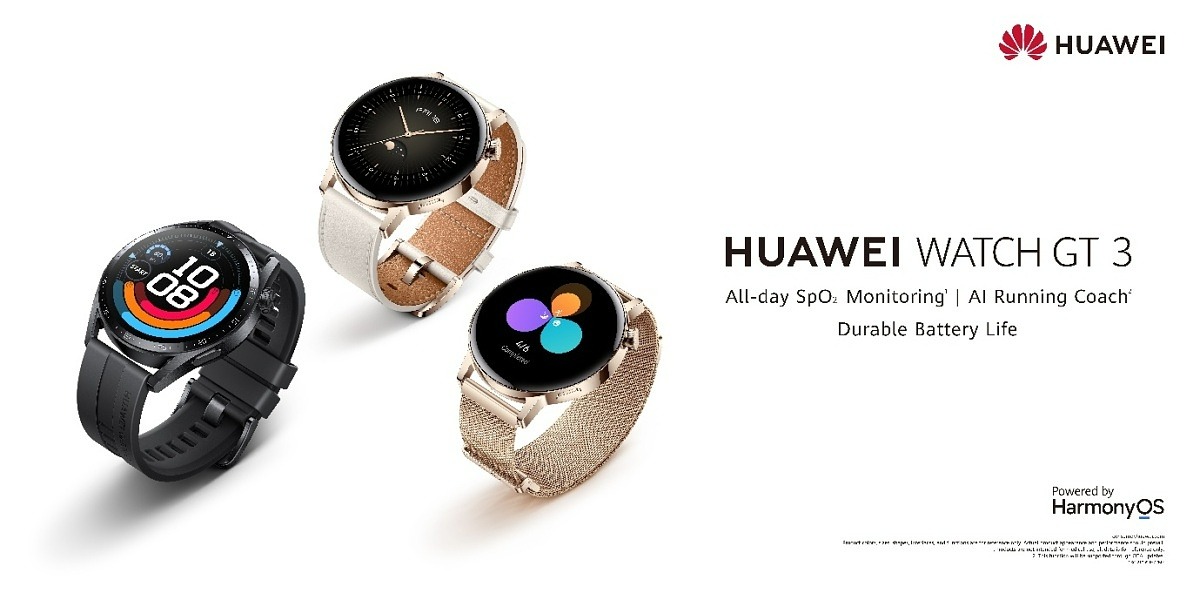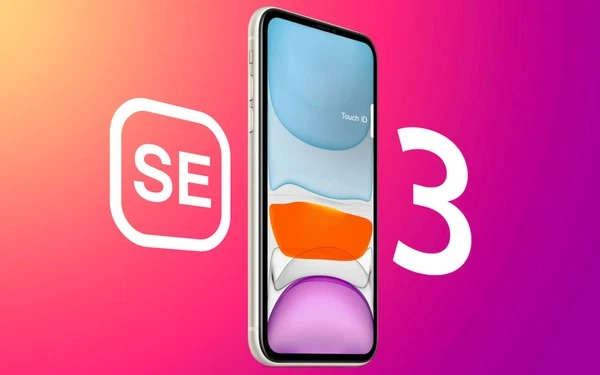
However, with experimental DXR 1.1 support, it is still early days
Linux gamers who want to play big-name Windows games with ray tracing can start getting excited since the VKD3D-Proton project, which is part of Steam Play, has made significant progress in getting certain games up and running (and its Proton compatibility layer for running Windows offerings).
VKD3D-Proton converts Microsoft’s Direct3D 12 to Vulkan, and the newest release, version 2.5, adds DXR 1.1 ray tracing functionality as an opt-in (early and experimental) feature.
As Phoronix pointed out, DXR 1.1 is far from complete, and this is early beta software with “major problems” still present. However, DXR 1.1 inline ray tracing functionality is “completely implemented,” and ray tracing appears to work properly in certain Linux games. (It’s worth noting that DXR 1.0 support is more or less complete in this version.)
Deathloop, as well as Resident Evil: Village, have been tested with DXR 1.1 enabled on Nvidia GPUs, and both appear to operate properly with ray tracing (though the difference with turning on the flashy effects is apparently pretty subtle). According to rumours, World of Warcraft works, although they have yet to be proven.
Besides, a biggie, Cyberpunk 2077, is operating in a limited way: it can be switched on, but the GPU is timing out (crashing back to the desktop). The developers stated that from here, DXR support was mainly a question of stamping out problems one by one.
Analysis: Ray tracing support is gaining traction
It’s encouraging to see Steam Play making headway in accommodating users who wish to use ray tracing when playing Windows games on Linux. With any hope, it won’t be long before Cyberpunk 2077, one of the industry’s major hitters, is fully functional with ray tracing when run on Steam Play.
The fact that Nvidia has contributed to assist VKD3D-Proton enabling DLSS support in Direct3D 12 games adds to the excitement as it will help increase frame rates while under the demands of ray tracing.
As far as we know, the Steam Deck might benefit from ray tracing in the future, since the AMD RDNA 2 graphics could theoretically handle it since it’d just be a slideshow. However, if the needs of ray tracing games grow less onerous and therefore more within reach of the Deck’s hardware capabilities, this fact may alter in the future. The other possibility is that a future Steam Deck will sequel with beefier hardware.






















